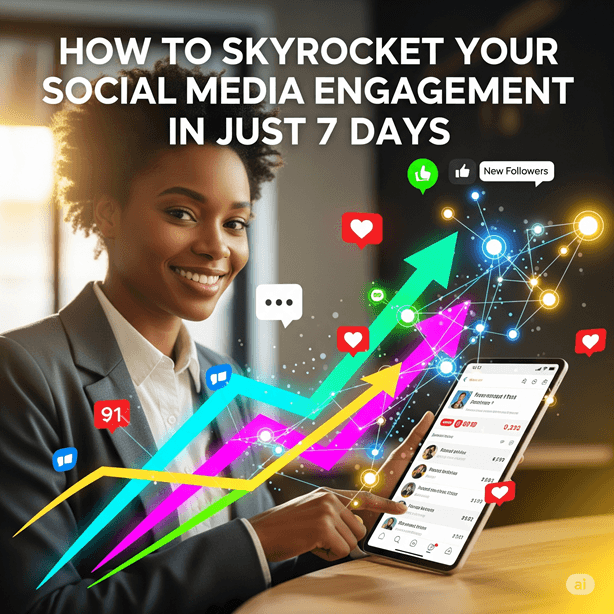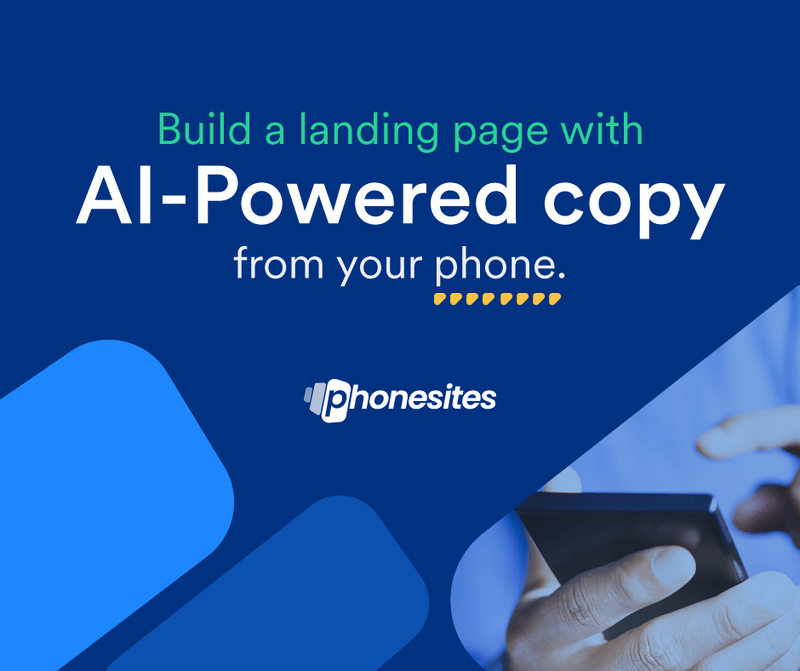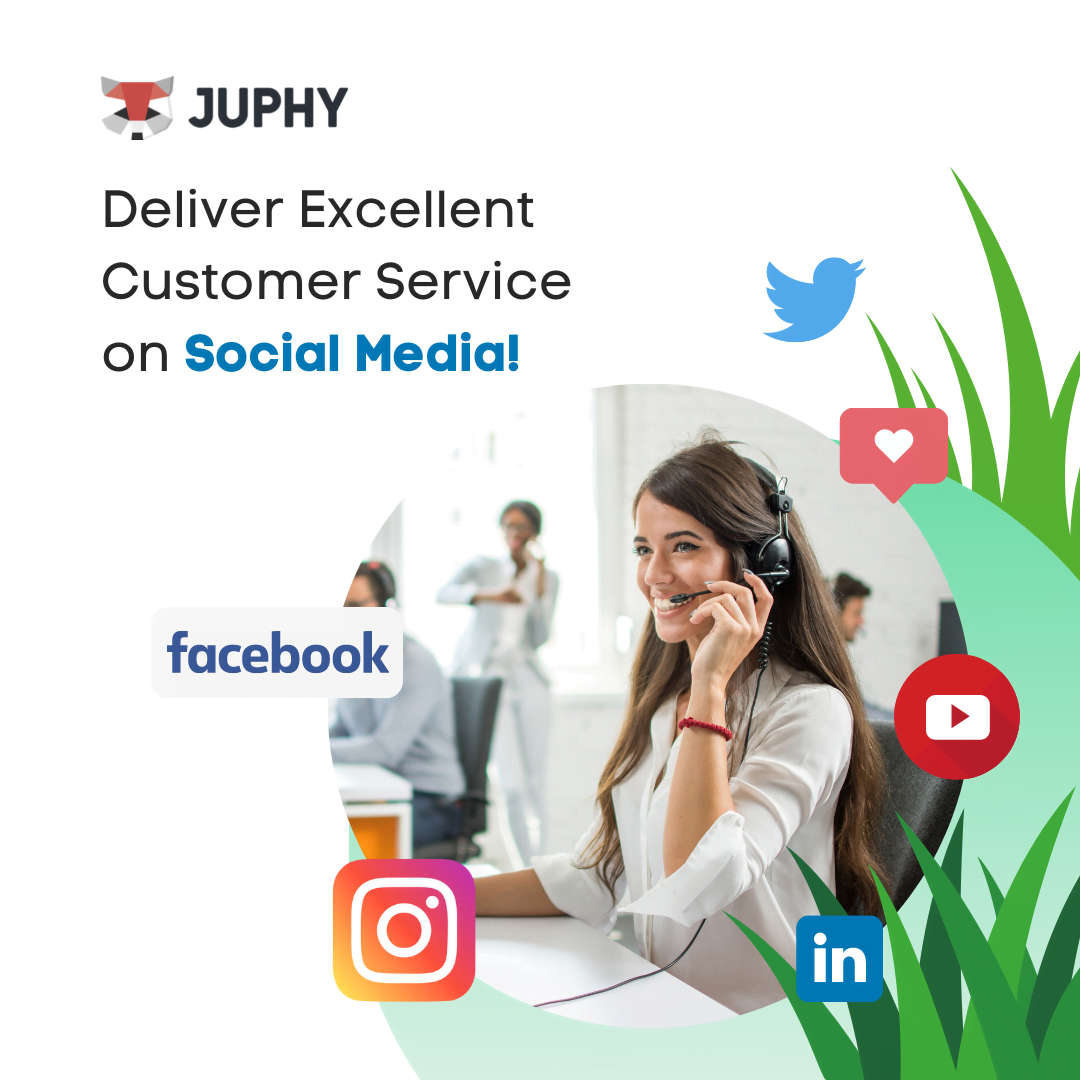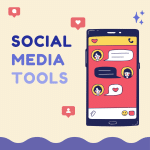
Are you tired of posting content that gets lost in the endless scroll of social media feeds? Do you feel like you’re shouting into the void, hoping someone will notice your brand? You’re not alone. Millions of businesses struggle with social media engagement, but here’s the good news: you can transform your social media presence in just one week.
Social media engagement isn’t just about vanity metrics—it’s the lifeblood of your online presence. When your audience actively interacts with your content, you’re building genuine relationships that translate into loyal customers, brand advocates, and sustainable business growth. This comprehensive guide will walk you through a proven 7-day strategy to dramatically increase your social media engagement.
Understanding Social Media Engagement
Before diving into our week-long transformation, let’s establish what we’re actually trying to achieve. Social media engagement is like having a conversation at a party—it’s not enough to just show up and look good; you need to actively participate in meaningful interactions.
What Counts as Engagement?
Engagement encompasses every way your audience interacts with your content. This includes likes, comments, shares, saves, clicks, and direct messages. But here’s where many brands get it wrong: not all engagement is created equal. A thoughtful comment carries significantly more weight than a passive like, and a share can exponentially multiply your reach.
Think of engagement as a pyramid. At the base, you have passive interactions like views and likes. Moving up, you find comments and saves, which require more effort from your audience. At the top sit shares and user-generated content—the holy grail of engagement where your audience becomes your marketing team.
Why Engagement Matters More Than Followers
Would you rather have 10,000 followers who never interact with your content or 1,000 highly engaged followers who comment, share, and purchase from you regularly? The answer should be obvious. Social media algorithms prioritize engagement over follower count, meaning higher engagement rates lead to increased organic reach.
Engaged followers are like enthusiastic customers who not only buy from you but also recommend your brand to their friends. They’re the difference between a social media account that exists and one that thrives.
Day 1 – Audit Your Current Social Media Presence
Your transformation begins with understanding where you currently stand. Just like a doctor needs to diagnose before prescribing treatment, you need to analyze your current performance before implementing changes.
Analyzing Your Content Performance
Start by examining your posts from the past three months. Which posts received the most engagement? What type of content resonated with your audience? Look for patterns in your top-performing content—were they educational posts, behind-the-scenes content, or user-generated posts?
Create a simple spreadsheet listing your top 10 posts by engagement rate. Note the content type, posting time, caption style, and visual elements. This analysis will reveal your content’s DNA—the elements that consistently drive engagement for your specific audience.
Tools for Social Media Analytics
Native analytics tools like Instagram Insights, Facebook Analytics, and Twitter Analytics provide valuable data about your audience and content performance. For deeper insights, consider third-party tools like Hootsuite, Sprout Social, or Buffer Analytics. These platforms offer cross-platform analysis and competitive insights that can inform your strategy.
Identifying Your Best-Performing Posts
Don’t just look at total likes or comments. Calculate engagement rates by dividing total engagements by your follower count. A post with 100 likes and 1,000 followers has a 10% engagement rate, while a post with 500 likes and 10,000 followers only has a 5% engagement rate. The first post is actually performing better.
Day 2 – Define Your Target Audience
You can’t engage an audience you don’t understand. Day two is about getting crystal clear on who you’re trying to reach. Generic content for “everyone” engages no one.
Creating Detailed Buyer Personas
Develop 2-3 detailed buyer personas representing your ideal audience segments. Give them names, ages, jobs, interests, pain points, and social media habits. For example, “Marketing Manager Michelle” might be a 32-year-old professional who scrolls Instagram during her lunch break and engages with educational content about productivity and career growth.
The more specific your personas, the more targeted your content can be. Instead of creating content for “small business owners,” create content for “Sarah, a 28-year-old boutique owner who struggles with inventory management and wants to grow her online presence.”
Demographics vs. Psychographics
Demographics tell you who your audience is, but psychographics tell you why they behave the way they do. While knowing your audience is 25-34 years old is helpful, understanding they value authenticity over perfection is game-changing for your content strategy.
Understanding Platform-Specific Audiences
Your audience behaves differently on different platforms. LinkedIn users are in a professional mindset, while Instagram users might be looking for inspiration or entertainment. Tailor your messaging to match the platform’s culture and your audience’s expectations on that specific channel.
Day 3 – Optimize Your Profiles for Maximum Impact
Your profile is your digital storefront. If someone discovers your content and likes what they see, your profile determines whether they follow you or move on. Think of it as your elevator pitch in digital form.
Crafting Compelling Bio Sections
Your bio should immediately communicate who you are, what you do, and what value you provide. Avoid vague descriptions like “entrepreneur” or “influencer.” Instead, be specific: “Helping busy moms create organized homes in 15 minutes a day” is much more compelling and searchable.
Include a clear call-to-action in your bio. Do you want people to visit your website, download a free resource, or sign up for your newsletter? Make it obvious and easy for them to take the next step.
Using Keywords in Your Bio
Social media platforms are search engines too. Include relevant keywords in your bio to help people discover your profile. If you’re a fitness coach, include terms like “fitness,” “workout,” “health,” and “nutrition” naturally in your bio description.
Profile Picture and Cover Photo Best Practices
Your profile picture should be consistent across all platforms and instantly recognizable. For personal brands, use a high-quality headshot. For businesses, use your logo. Your cover photo or highlight covers offer additional real estate to communicate your brand message and personality.
Day 4 – Create a Content Strategy That Converts
Random posting leads to random results. Day four is about developing a systematic approach to content creation that consistently drives engagement.
The 80/20 Rule for Content Creation
Follow the 80/20 rule: 80% of your content should provide value to your audience (educate, entertain, or inspire), while only 20% should directly promote your products or services. This ratio builds trust and keeps your audience engaged without feeling constantly sold to.
Value-driven content positions you as a helpful resource rather than just another brand trying to sell something. When you consistently provide value, your audience is more likely to engage with and share your content.
Educational vs. Promotional Content Balance
Educational content answers your audience’s questions and solves their problems. Promotional content showcases your products or services. The key is seamlessly blending both types so your promotional content feels helpful rather than pushy.
Content Pillars That Drive Engagement
Develop 3-5 content pillars—recurring themes that align with your brand and audience interests. A fitness brand might use pillars like workouts, nutrition tips, motivation, client success stories, and behind-the-scenes content. Content pillars ensure variety while maintaining consistency.
Day 5 – Master the Art of Timing
Creating great content is only half the battle—timing your posts correctly can dramatically impact engagement. It’s like telling a joke; timing is everything.
Best Times to Post on Different Platforms
General best practices suggest posting on Instagram between 11 AM and 1 PM or 7 PM and 9 PM on weekdays. Facebook sees highest engagement on weekdays between 1 PM and 3 PM, while LinkedIn performs best on Tuesday through Thursday during business hours.
However, these are starting points, not gospel. Your specific audience might have different habits based on their demographics, time zones, and platform usage patterns.
Instagram vs. Facebook vs. Twitter Timing
Each platform has its own rhythm. Instagram users often check the app during lunch breaks and evening wind-down time. Facebook users might scroll during their morning coffee or late-night browsing. Twitter moves fast with multiple daily check-ins, making multiple posts per day more acceptable.
Using Analytics to Find Your Golden Hours
Your analytics will reveal when your specific audience is most active. Look for patterns in your highest-engaging posts and note their publishing times. Experiment with different posting schedules and track the results to find your unique golden hours.
Day 6 – Engage Authentically with Your Community
Social media is called “social” for a reason. It’s not a broadcasting platform; it’s a community space where relationships are built through genuine interactions.
The Power of Responding to Comments
Responding to comments isn’t just polite—it’s strategic. When you reply to comments, you increase the total engagement on your post, signaling to algorithms that your content is worth showing to more people. Aim to respond to comments within a few hours when possible.
Make your responses meaningful. Instead of just saying “thanks,” ask follow-up questions or add value to the conversation. Turn comment sections into mini-communities where followers interact with each other, not just with you.
Creating Meaningful Conversations
Ask questions that encourage detailed responses. Instead of “What’s your favorite workout?” try “What’s one fitness challenge you overcame this year, and what motivated you to push through?” Specific questions generate more thoughtful responses and deeper engagement.
Building Relationships, Not Just Broadcasting
Spend time engaging with your followers’ content too. Like and comment on their posts, share their content when relevant, and celebrate their wins. Social media is reciprocal—the more genuine interest you show in your community, the more they’ll invest in your content.
Day 7 – Leverage Trending Topics and Hashtags
Your final day focuses on amplifying your reach by tapping into larger conversations happening on social media.
How to Find Trending Content
Monitor trending hashtags, participate in relevant conversations, and add your unique perspective to popular topics. Tools like Google Trends, Twitter’s trending section, and Instagram’s explore page can help you identify what’s capturing attention.
The key is relevance—only participate in trends that align with your brand values and expertise. Forced participation in irrelevant trends often backfires and can damage your credibility.
Tools for Hashtag Research
Use tools like Hashtagify, RiteTag, or Instagram’s search function to find relevant hashtags for your content. Mix popular hashtags (high reach but high competition) with niche hashtags (lower reach but higher engagement potential) to maximize your content’s discoverability.
Creating Your Own Trending Moments
Don’t just follow trends—create them. Launch branded hashtag campaigns, start conversations around topics relevant to your industry, or share behind-the-scenes content that encourages user participation. When you create trends, you position yourself as a thought leader in your space.
Advanced Engagement Strategies
Once you’ve mastered the 7-day fundamentals, consider these advanced tactics to further boost engagement.
User-Generated Content Campaigns
Encourage your followers to create content featuring your brand. User-generated content provides social proof, increases reach, and creates deeper engagement as people love seeing their content featured by brands they follow.
Contest and Giveaway Strategies
Strategic contests and giveaways can dramatically spike engagement, but they need to be designed thoughtfully. Require actions that benefit your long-term goals, like following your account, tagging friends, or sharing your content. Ensure prizes align with your target audience to attract quality followers.
Collaborations and Cross-Promotions
Partner with complementary brands or influencers to tap into new audiences. Cross-promotion exposes your brand to engaged followers who are likely to be interested in your content, leading to higher-quality follower growth.
Measuring Your Success
Track your progress to understand what’s working and what needs adjustment.
Key Metrics to Track
Focus on engagement rate, reach, saves, shares, and comment quality rather than just follower count. These metrics better indicate genuine audience interest and predict long-term success.
Engagement Rate Calculations
Calculate engagement rate by dividing total engagements by total reach (or followers) and multiplying by 100. An engagement rate of 3-6% is generally considered good, while anything above 6% is excellent.
Long-term Growth Strategies
Consistency beats perfection. Maintain your posting schedule, continue providing value, and stay responsive to your community. Social media success is a marathon, not a sprint, but this 7-day foundation will set you up for sustained growth.
Transforming your social media engagement in seven days isn’t about overnight miracles—it’s about implementing proven strategies systematically. By auditing your current performance, understanding your audience, optimizing your profiles, creating valuable content, timing your posts strategically, engaging authentically, and leveraging trends, you create a foundation for sustained engagement growth.
Remember, social media engagement is ultimately about building genuine relationships with real people. Behind every like, comment, and share is a person who chose to interact with your brand. Treat that interaction with the respect and attention it deserves, and your engagement will naturally flourish.
The strategies outlined in this guide have helped countless brands transform their social media presence. Your success depends on consistent implementation and genuine commitment to serving your audience. Start today, track your progress, and adjust your approach based on what your analytics tell you. Your engaged community is waiting—you just need to give them a reason to connect
READ ALSO: The Untold Secret to Ranking #1 on Google Without Spending a Fortune









Leave a Comment
You must be logged in to post a comment